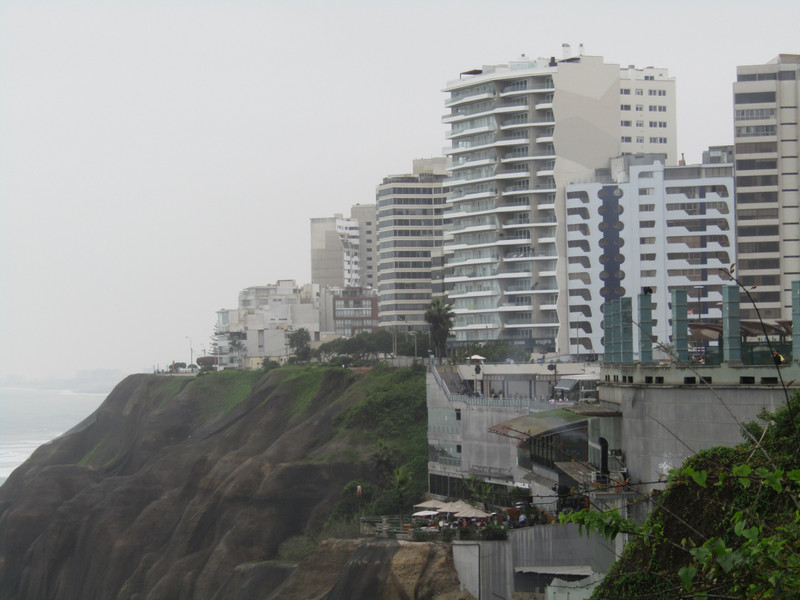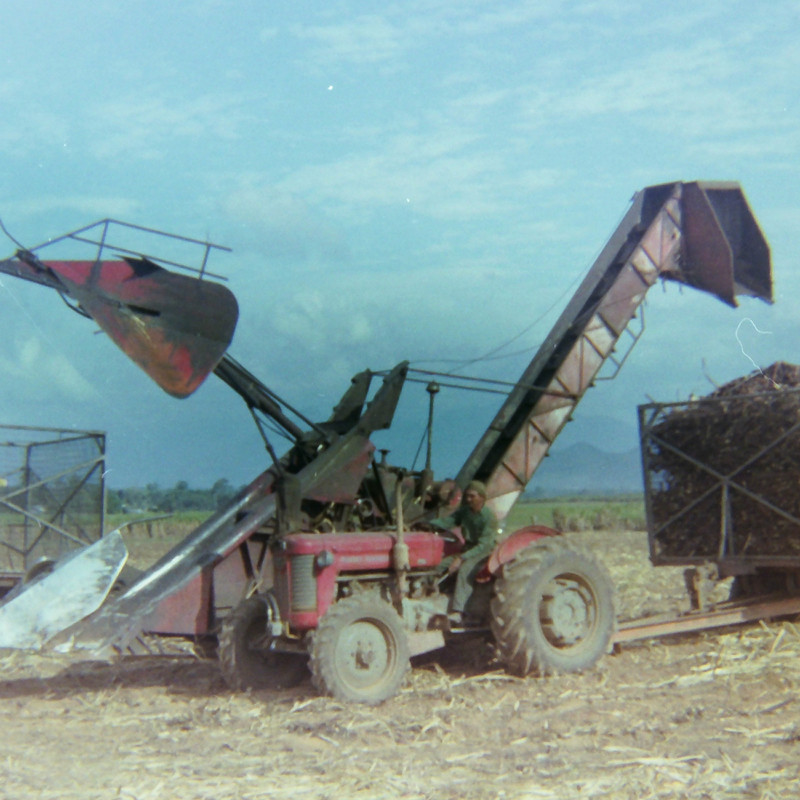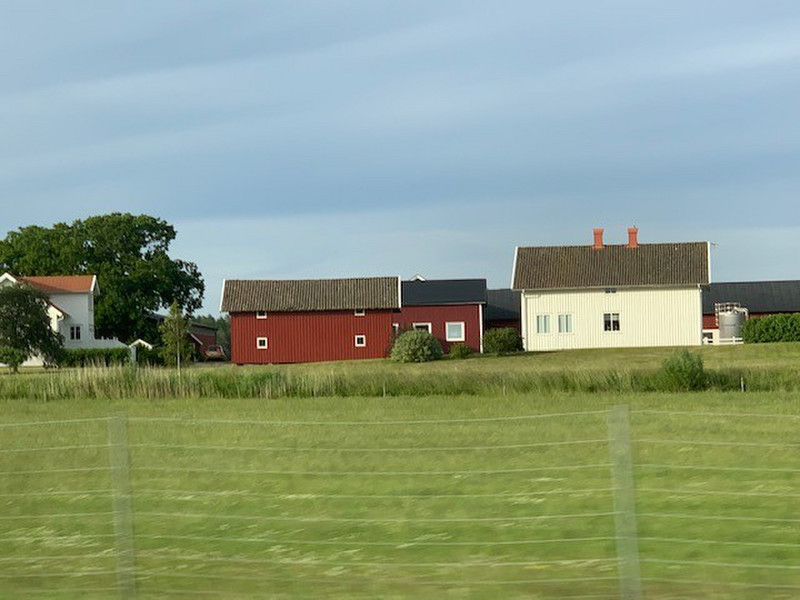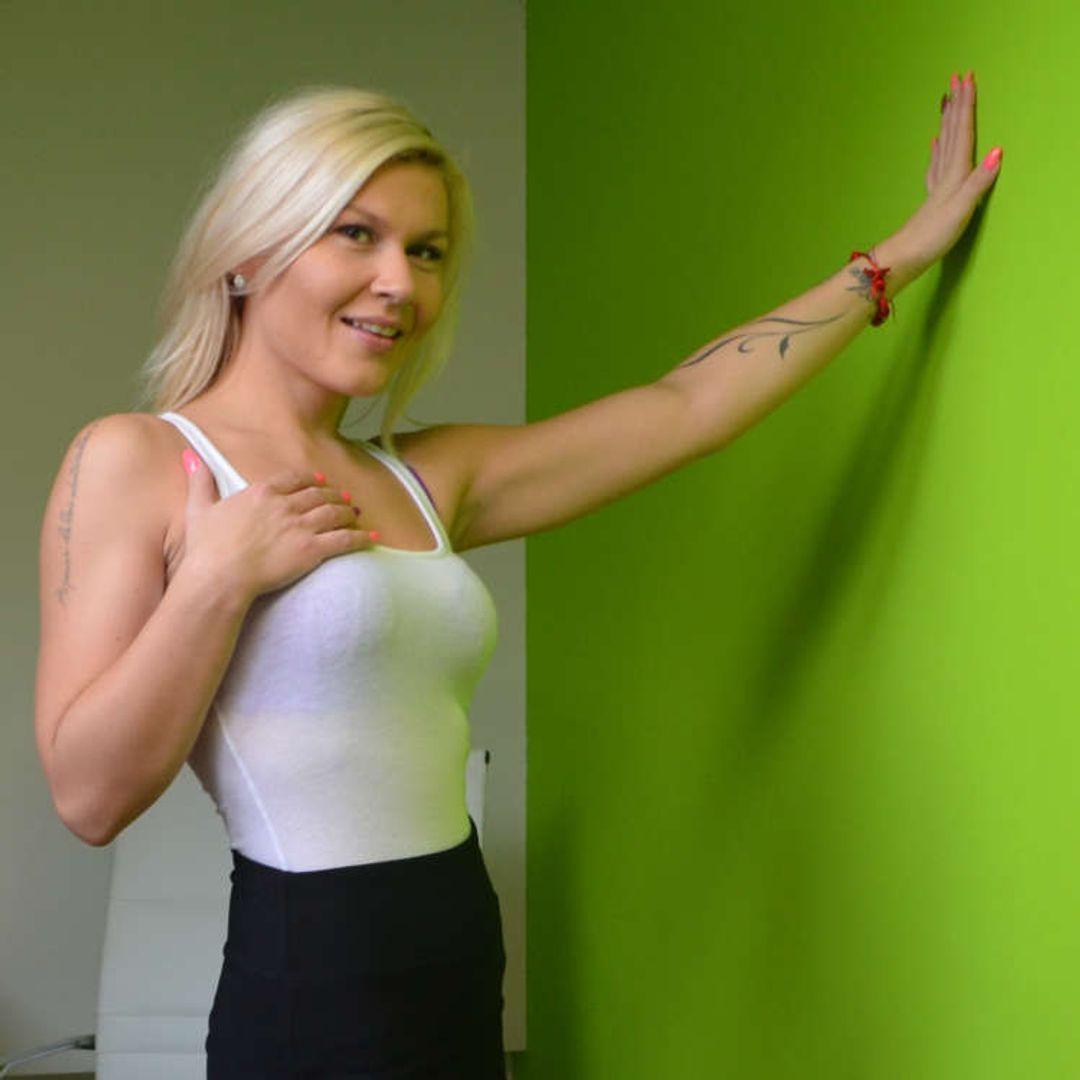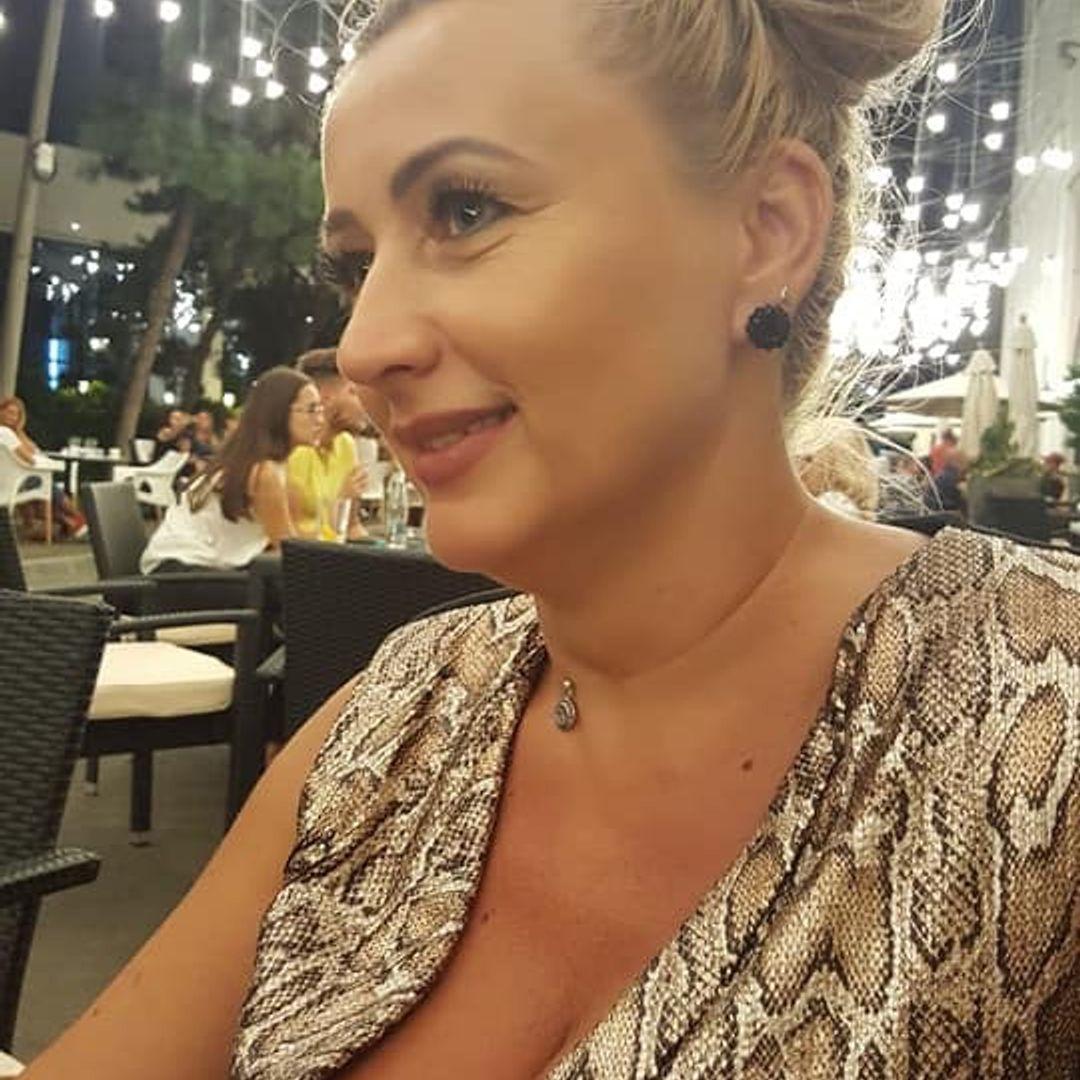Poet, novelist, and travel writer William Graham resides in Stowe, Vermont. Many of his works of fiction have been inspired by his trips to the southern hemisphere. See his South American Novels series on Amazon.
Several feet above the crashing waves of the Pacific Ocean flew millions of birds called skimmers that were flying to spend summer in the North American continent. From horizon to horizon, the avian convoy stretched and undulated like a giant snake. It was a marvelous display of natures beauty. And where did I see it? In a wildlife refuge in Lima, the sprawling capital of Peru.
For many visitors to Peru, the number one travel goal (and with good reason) is to visit the Incan sites in and around Cuzco and then make the journey to the iconic Machu Picchu. Exploring Lima is an afterthought for many tourists. I confess that I fell into this category, having visited Peru (and the aforementioned Incan sites) initially over a decade ago but barely explored Lima. On this trip in late June 2021, I wanted to rectify that oversight. I dedicated five full days to exploring the city of over 12 million people. Helping me explore
I arrived in Lima (whose name is a Spanish corruption of Rimac, which is a river that flows through the city) during winter in the southern hemisphere. The temperature was quite moderate (daytime high around 70F), but the sky was perpetually gray. I stayed in the fashionable and safe district of Miraflores, which hugs the cliffs that plunge to the Pacific Ocean below.
While there are dozens of day trips from which to choose, I focused on three. The first was a city tour featuring a trip to the fabulous Larco Museum, which houses a stunning array of Incan and sculptures, ceramics, clothing, weapons, and other expertly crafted artifacts. The museum is also known for having an entire wing dedicated to Incan erotic art, which leaves little to the imagination. If you easily blush, you might want to take a pass on this section. That notorious highlight aside, however, I cant the museum enough. And the visit was made even more illuminating by my guide from Lima City Tours. Another fascinating part of the city tour was a visit to the San Francisco monastery, underneath which are that
once housed over 28,000 bodies of the wealthy and influential residents of Lima. I dont know what it says about my personality, but I love the eeriness and claustrophobia of catacombs.
The following day this same guide led me through the impressive ruins of Pachacamac, which means creator of the world in the native Quechua tongue. The massive site was considered a holy place (like Mecca or Vatican City) for nearly years by many cultures, including the Inca, until the Spanish arrived in the early 1500s. Only priests lived on which was once lush and verdant, with aqueducts that brought in fresh water to grow trees and crops. Since the Spanish plundered it, however, the arid desert in which Lima sits has since reclaimed the site.
The other aspect of a city tour that I would be remiss in mentioning is that you will see the grave economic disparities between the wealthiest parts of Lima and its shanty towns, where millions of people struggle to survive. Over 40 percent of the residents of Lima do not have access to electricity or running water. A perfect image of the economic divide was when I witnessed
Lima is a bustling and frantic city (the traffic verges on the suicidal), so it was a respite to travel with Haku Tours to a wildlife refuge in the city that features a glorious array of birds too numerous to mention. If you love bird watching with a dash of natural tranquility, I spending a few hours at this preserve.
After all of the walking and exploring, one has to eat. Lima is justifiably known as a food mecca. I cant remember when I ate so many excellent meals. I particularly Tanta and Mangos, both in the Miraflores district.
Like any metropolitan area, Lima has its beauty spots and its scars.
